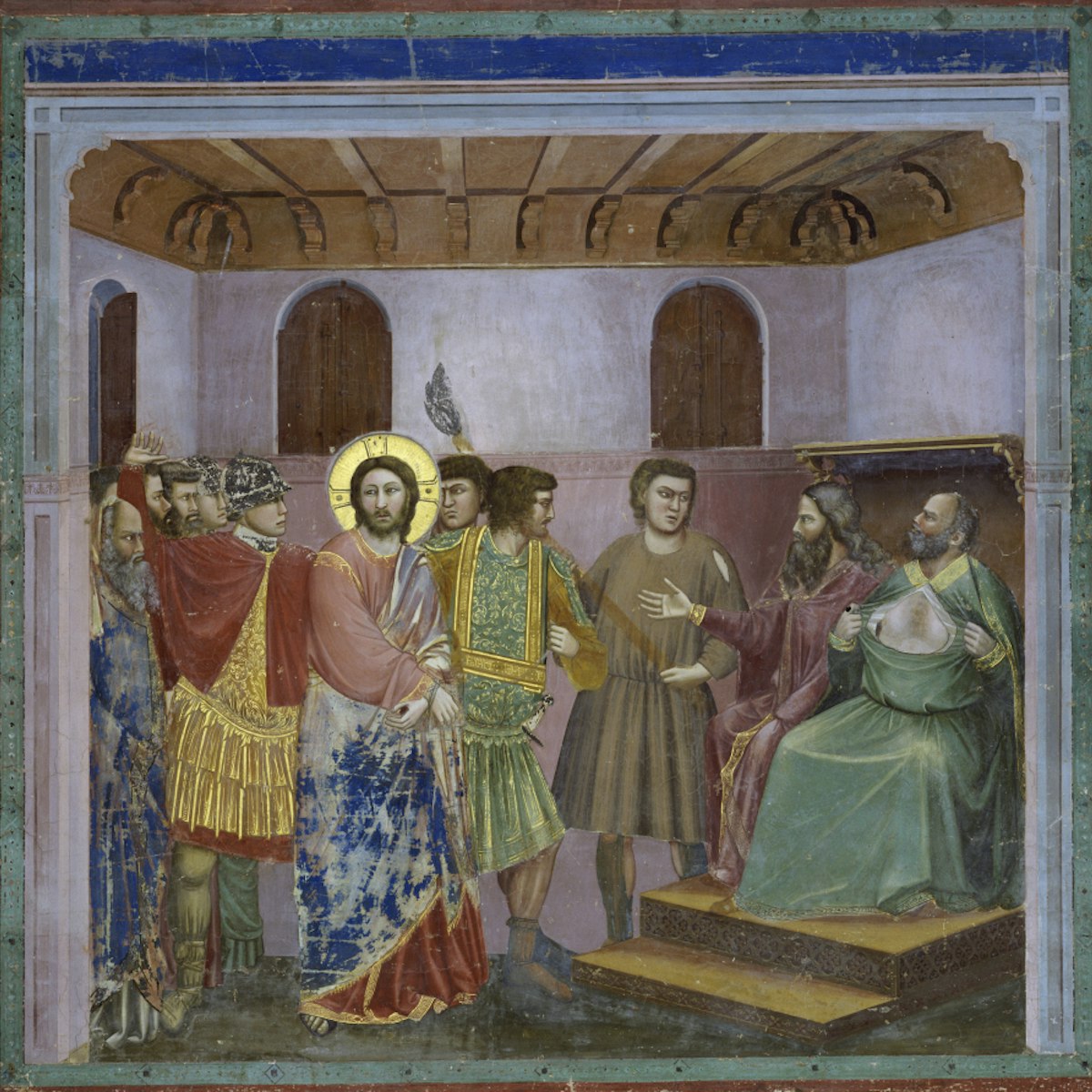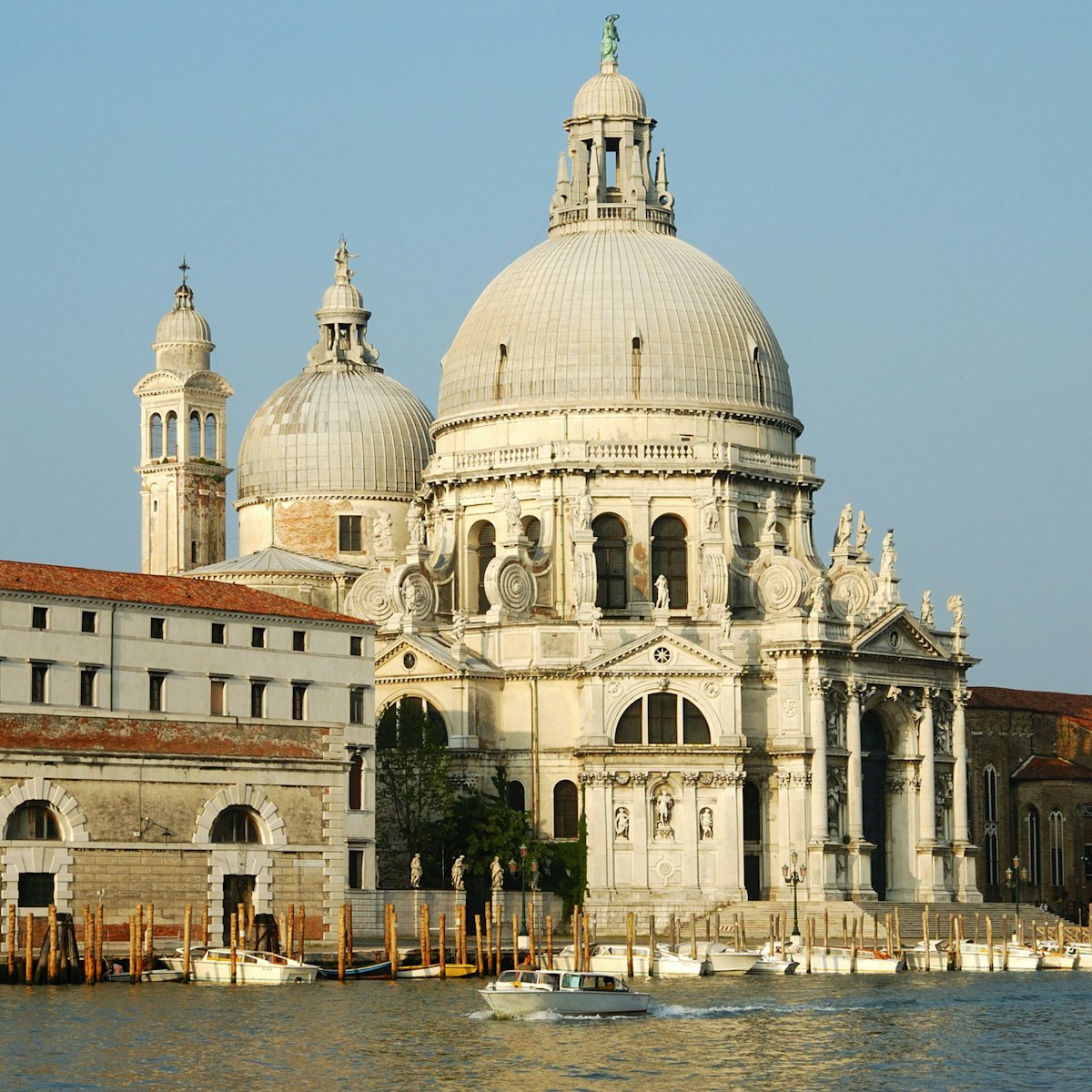From 1468 until the 18th century, this tiny island served as a quarantine station. Merchants waited out their 40-day exile in one of the 100 cells that lined the 100m-long, 16th-century Tezon Grande, trying to avoid the plague while city officials fumigated their cargoes with burning juniper and rosemary branches. In the warmer months the island may be visited on a tour (in Italian; English-speaking guides can be arranged for a €50 fee), focusing on its history, archaeology and nature.
Every summer since 1988 university students, amateur archaeologists and schoolchildren have made the journey out to continue work on the Tezon Grande. Archaeological groups have catalogued hundreds of artefacts and uncovered extensive graffiti itemising ships' cargoes and describing harrowing voyages from Cyprus and Constantinople. You can join them on a weeklong summer dig (€490 including food and accommodation).







